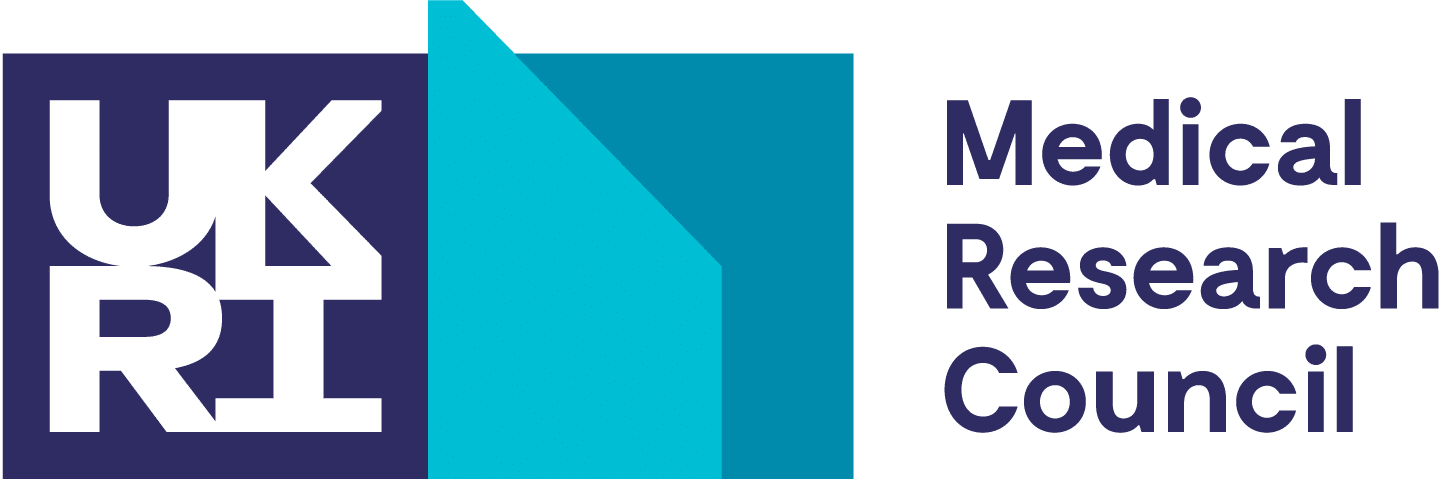Delivery of cells and proteins for regenerative medicine is a major challenge because:
a. Cell therapies are exceptionally delicate dosages and their functions are highly sensitive to
local environmental factors (eg receptor mediated adhesion, shear forces and soluble factors)
b. Minimally invasive administration is a requirement for most clinical applications (eg CNS and
heart repair) and is highly desirable for many other applications (eg cartilage repair).
c. Sites of administration are often hostile to cell and protein therapies due to scar formation,
inflammation or lack of functional capillary beds.
d. Regeneration requires long term residence of cell or protein therapies.
e. Regulatory approval of cell therapies is in its infancy and there is a need to demonstrate
improved control of dose, pharmacokinetics and biodistribution.
The pre-clinical spokes provide the technology pull and will set the success criteria for the platform technologies. Each of the pre-clinical exemplars is led by a clinician or academic with experience in clinical translation and the requirements for pre-clinical development. The range of exemplars allow the Hub to optimize our platforms and to create proof-of-concept data in future clinical examples that demonstrate precision of cell and drug delivery in applications that require minimally invasive administration (eg neural and liver), cascades of signals (eg bone) and 3D architecture with appropriate biomechanics (eg ACL and oesophagus).
The pre-clinical exemplars and teams are:
Neural. Led by Professor James Fawcett, University of Cambridge: Parkinson’s disease treatment with neural stem cells overcoming delivery efficiency of 2%.
Liver. Led by Professor Philip Newsome, University of Birmingham. Enhance engraftment, survival and metabolic function of MSCs.
Bone. Led by Professor Richard Oreffo, University of Southampton. Intracellular delivery technologies with injectable matrices.
Skin. Led by Professor Sheila MacNeil, University of Sheffield. Delivery of adipose derived stem cells on skin wound bed with simultaneous angiogenesis.
Cartilage. Led by Professor Charles Archer, Swansea University. Delivery of progenitors within a patterned osteochondral architecture.
Oesophagus. Led by Dr Krish Raganuth, University of Nottingham. Multi-layer tubular cell constructs to replicate cell organisation and biomechanics.
Anterior Cruciate Ligament. Led by Dr Rachel Oldershaw, University of Liverpool. Production of a composite with bone anchorage and high tensile strength ligament properties.







